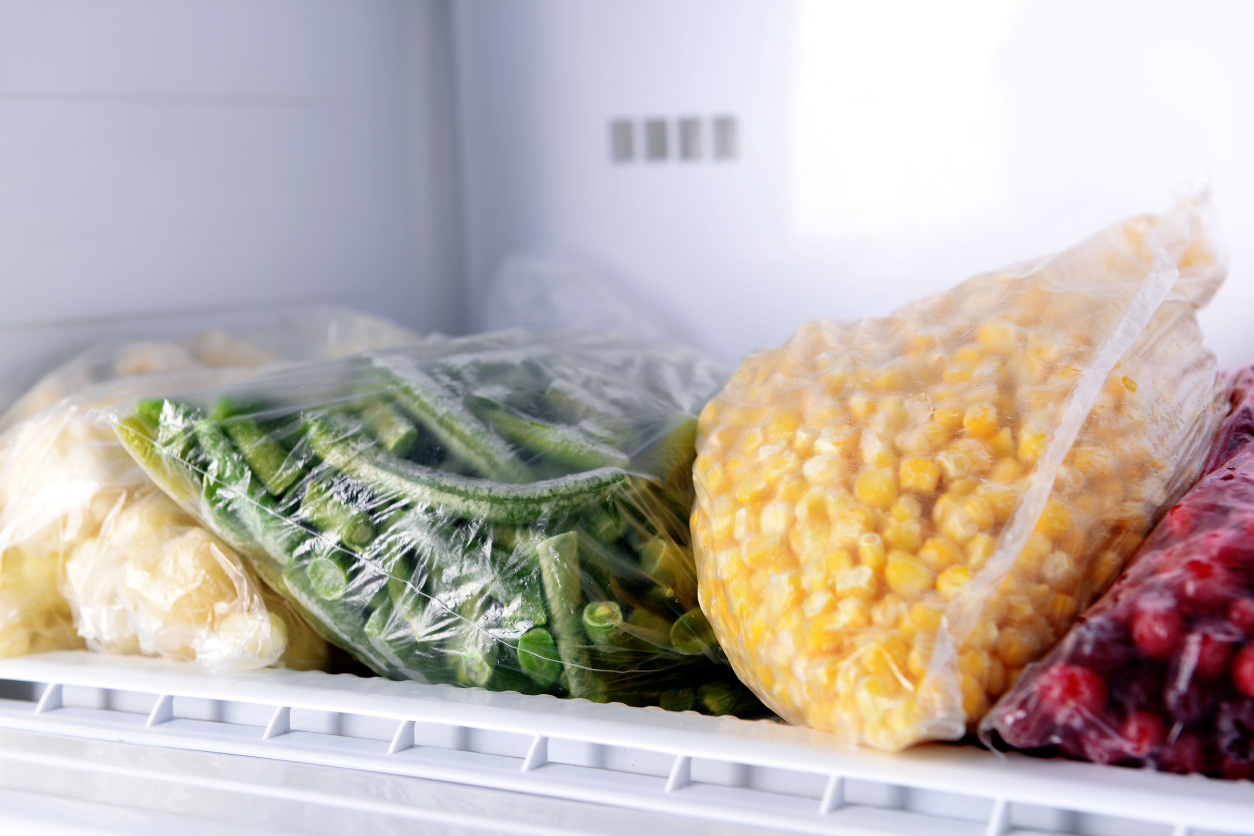Best Ways To Store Cooked Food

You hate leftovers; I get it (I do, too). But if you store cooked food properly, you can preserve most of its flavor, texture, and nutritional value. Cooking fresh meals every day is impossible if you have a packed schedule. I usually whip up big batches of soup, pasta, chili, and other weeknight favorites for the whole week and store them strategically for quick reheating. My kids can’t even tell the difference! So, if you’ve ever wondered how to make your culinary efforts last just a bit longer or want to ensure your leftovers are safe and tasty, you’re in the right place.
Temperature for Food Preservation
Once you’ve finished cooking, it’s essential to let your food cool down before placing it in the fridge or freezer. Placing hot food directly in the fridge can raise the internal temperature, affecting other perishable items. However, don’t leave your food out for too long—ideally, no more than two hours—to prevent bacteria from multiplying. If you’re in a hurry, you can speed up the cooling process by placing the food in shallow containers or an ice bath.
Related: Keep Your Refrigerator Fresh with the Best Fridge Deodorizers
When it comes to the fridge, keep it at or below 40°F (4°C). This temperature slows down the growth of most bacteria. Use a refrigerator thermometer to check the temperature periodically, ensuring it stays within the safe range. For long-term storage, freezing is your best bet. Your freezer should be set to 0°F (-18°C) to preserve the food’s quality and safety. It’s a good practice to avoid opening the freezer too often or leaving it open for long periods, as this can lead to temperature fluctuations.
How To Package Cooked Food for Storage
Packaging plays a vital role in preserving the quality of your cooked food. The goal is to keep air and moisture out, which helps prevent freezer burn and spoilage. Here’s how you can make sure your food is stored properly:
Containers and Wraps
Best for: baked goods or pasta
Use airtight containers or heavy-duty freezer bags to store your food. These options are excellent for keeping air and moisture out. When using freezer bags, squeeze out as much air as possible before sealing. If you’re storing liquids, leave some space at the top of the container to allow for expansion as the liquid freezes. For items like baked goods or pasta, wrapping them tightly in plastic wrap or aluminum foil before placing them in a container can provide an extra layer of protection.

Vacuum Sealing
Best for: meats and vegetables
Vacuum sealing is an effective way to extend the shelf life of your cooked food by removing all the air from the packaging. This method is especially useful for meats and vegetables. Vacuum-sealed bags are compact and help maintain the food’s texture and flavor, but they require a vacuum sealer, which is an additional investment.
Tip: Always include the date and contents on the label. This will help you keep track of how long the food has been stored and ensure you use the oldest items first. If you’re preparing meals in bulk or have several similar containers, labeling prevents the guesswork of identifying what’s inside.
How to Store Cooked Food in the Freezer
Freezing is a powerful tool for preserving cooked food, but it’s essential to understand which foods freeze well and which don’t. This knowledge will help you avoid unpleasant surprises when you thaw your meals.
Foods that freeze well: Soups, stews, casseroles, and pasta sauces freeze well and retain their flavor and texture when thawed. Cooked grains like rice and quinoa also freeze effectively, making them a convenient option for quick meals.
Foods that don’t freeze well: Lettuce, cucumbers, and other watery vegetables tend to become mushy after freezing. Dairy products like cream and certain cheeses can separate or become grainy. If you’re freezing a dish that includes these ingredients, consider adding them fresh when reheating.
When it’s time to use your frozen food, thaw it safely in the fridge, microwave, or under cold water. Avoid thawing food at room temperature, as this can encourage bacterial growth. Once thawed, reheat your food to an internal temperature of at least 165°F (74°C) to ensure it’s safe to eat. Stirring the food during reheating helps distribute the heat evenly, especially in soups and stews.
How to Store Food in the Fridge

For foods you plan to eat within a few days, the fridge is your go-to option. I always store cooked food in shallow, airtight containers to help it cool quickly and evenly. This reduces the risk of bacterial growth and helps preserve the food’s quality. Keep cooked food separate from raw ingredients to prevent cross-contamination.
Expert tip: Keep the most perishable items on the top shelves, where temperatures are most consistent. Place raw meats and seafood on the bottom shelf to prevent their juices from dripping onto other foods.
Most cooked dishes will last in the fridge for about 3 to 4 days. Seafood, however, is more perishable and should be consumed within 2 days. If you’re unsure about the safety of a stored item, it’s better to err on the side of caution and discard it.
Our Recipe for Trust: Why Choose Kitchen Institute
At the Kitchen Institute, we're dedicated to providing reliable and accurate information on cooking trends, tips, and product reviews. Our team of passionate food enthusiasts ensures that every piece of content is thoroughly researched and based on real-world experience. We pride ourselves on our comprehensive and unbiased product reviews, rigorous research processes, and commitment to staying current with the latest culinary innovations. Trust us to enhance your culinary journey with quality insights and practical advice.